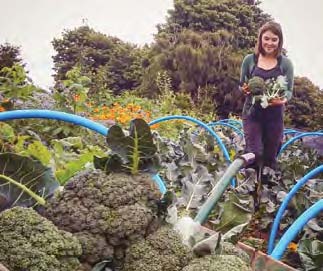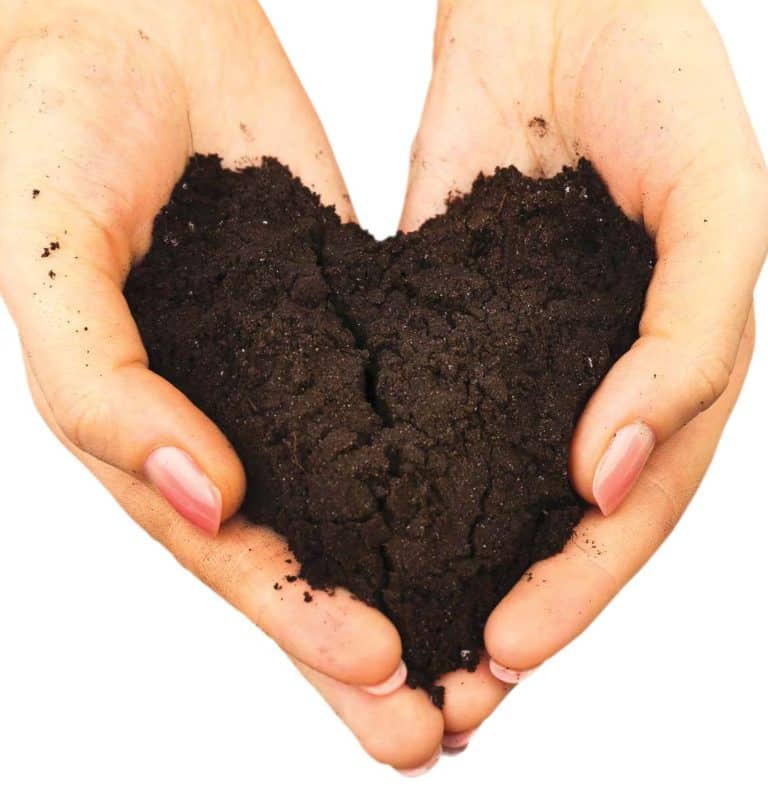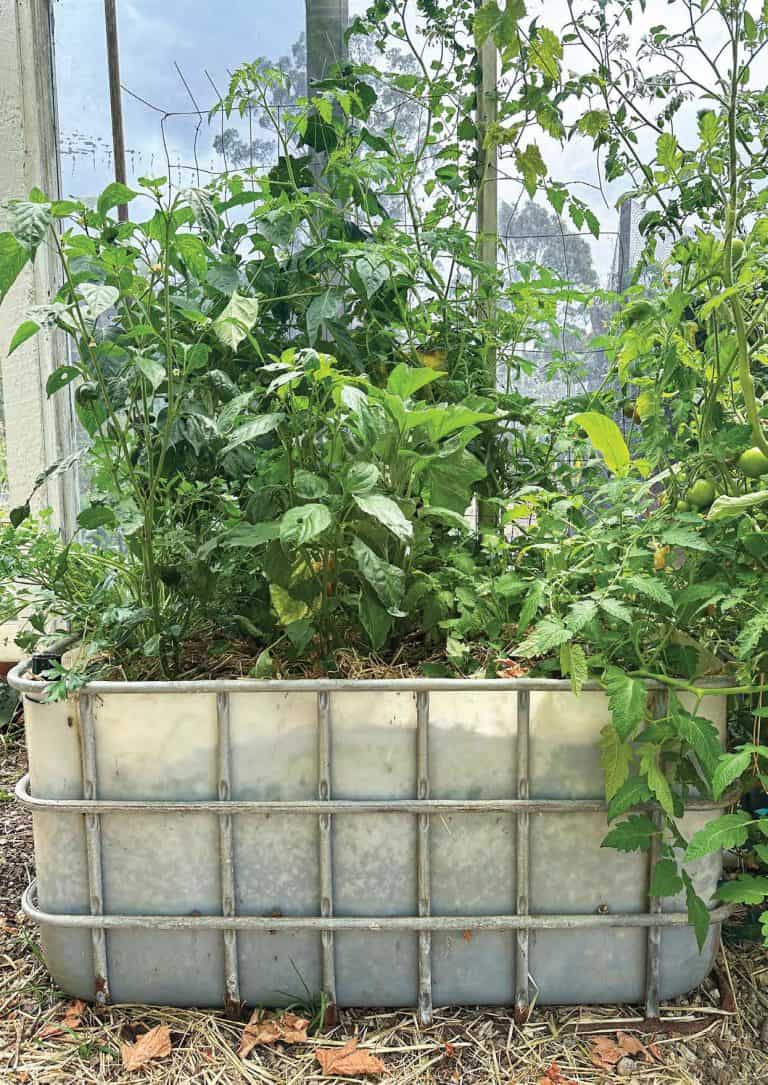PERMACULTURE PLANT – Saffron

Known as the world’s most expensive spice, the bright-orange saffron threads have been prized since biblical times for their fragrance, flavour, colour and medicinal value.
Saffron is the stigma of an autumn-blooming bulb called a crocus. The saffron-producing flower (Crocus sativus) is lilac in colour and globe shaped, and grows from a bulb to about 75 millimetres tall. Its most notable features are the three long, orange-red pistils that protrude from the blossoms.
The stigmas at the end of these are what saffron powder comes from. And the reason it’s so expensive is because you’d need nearly 100,000 flowers in order to produce a kilogram of saffron powder.









